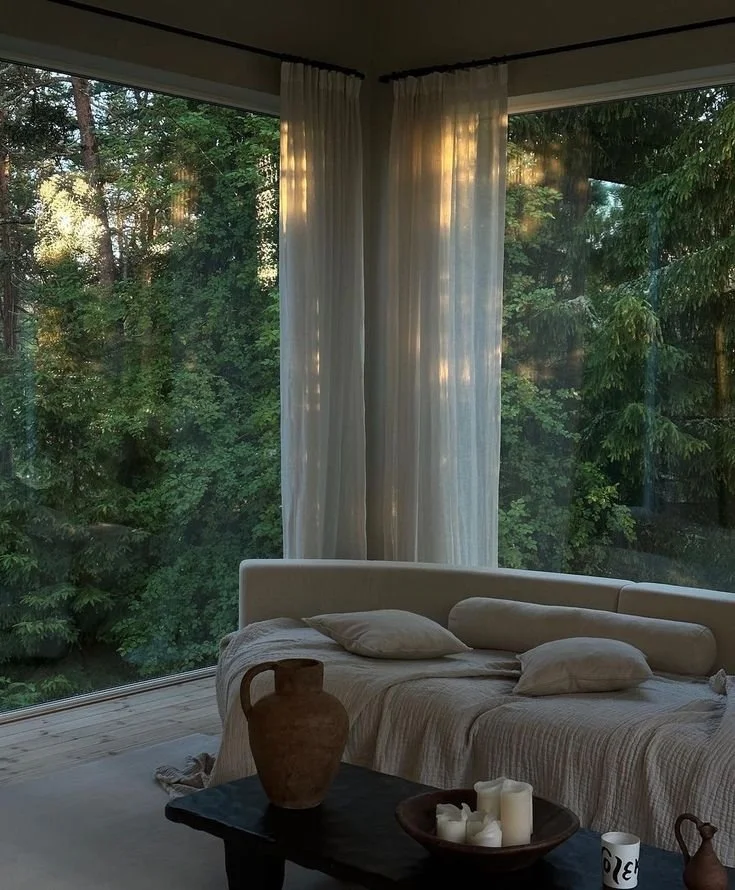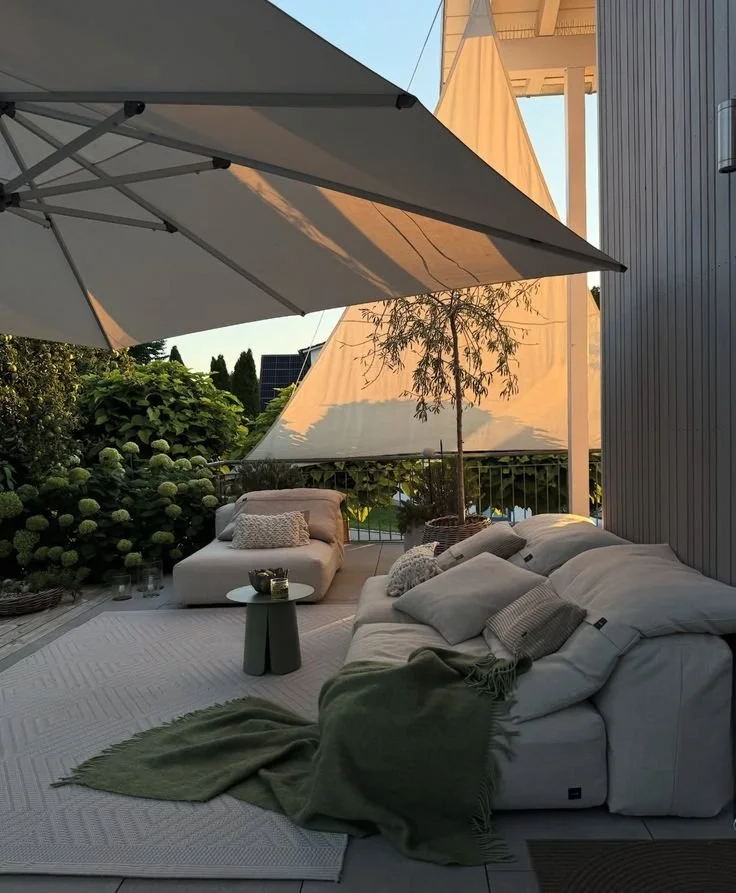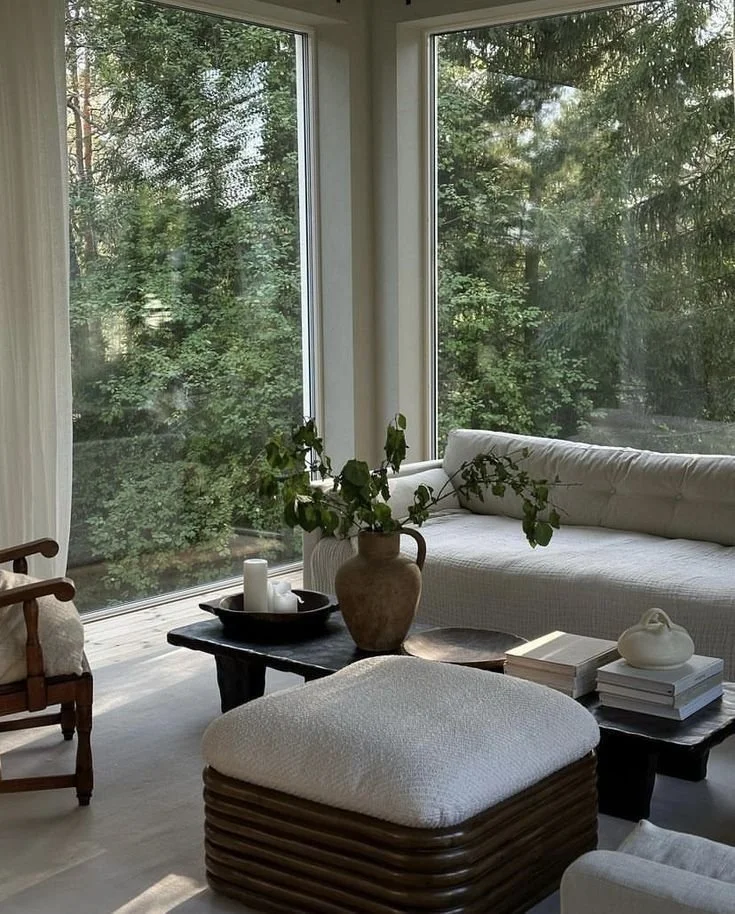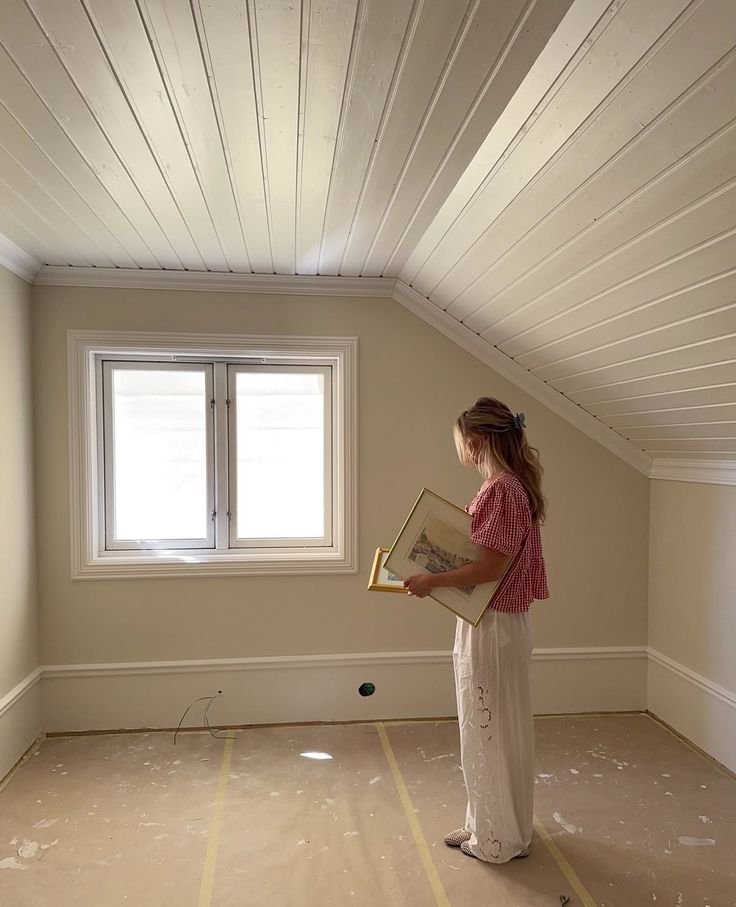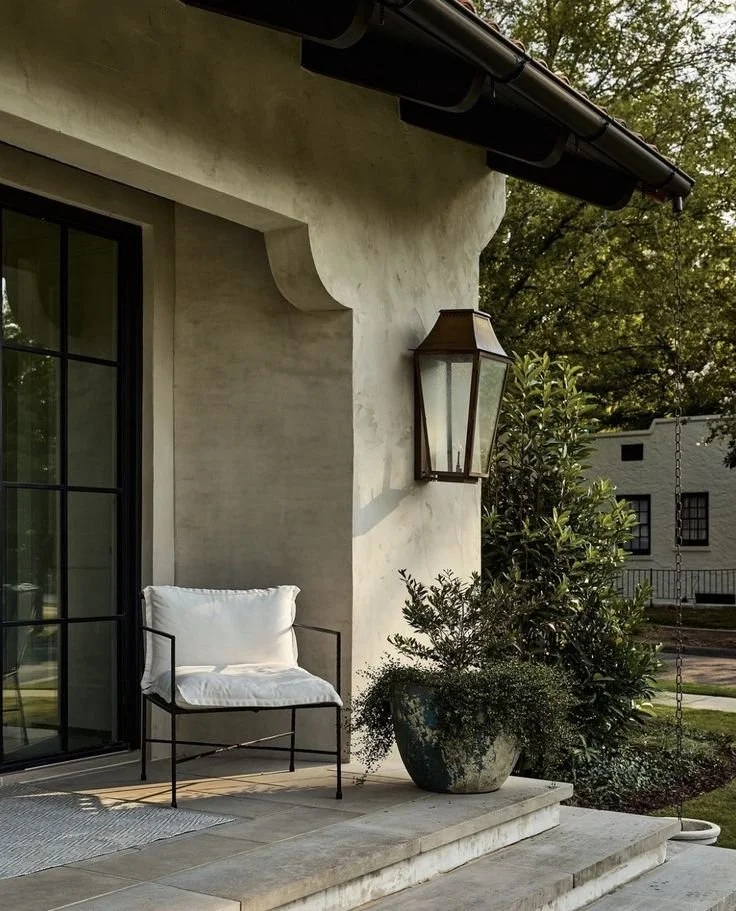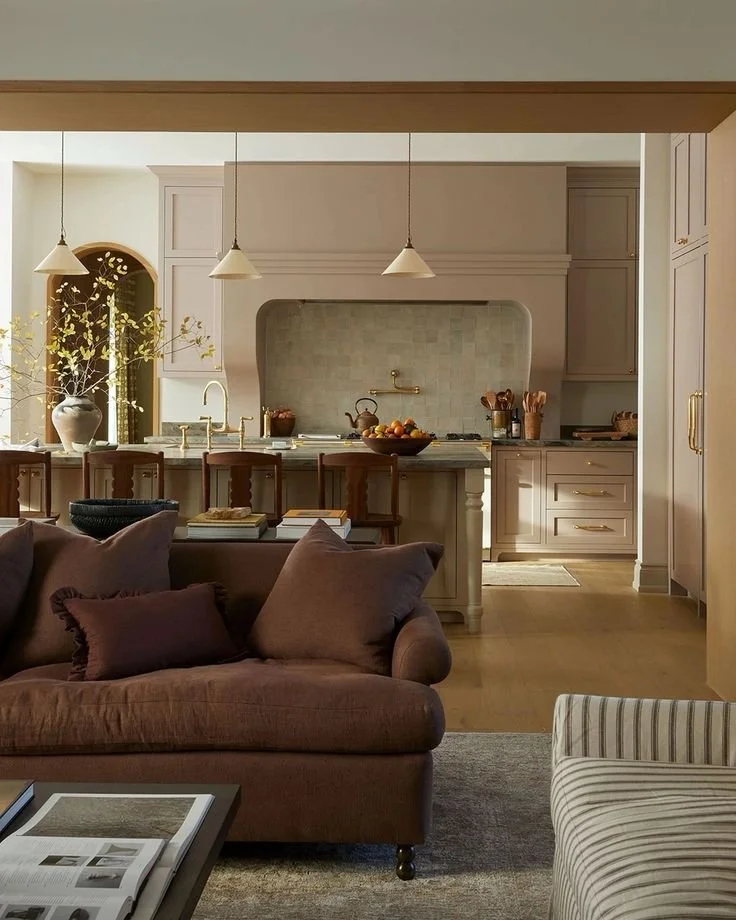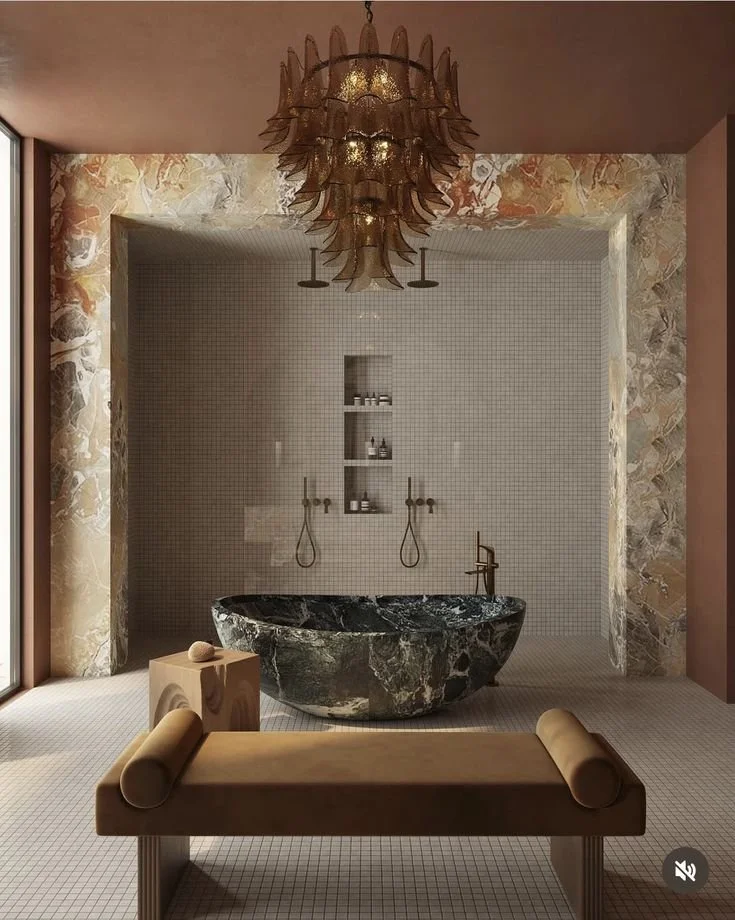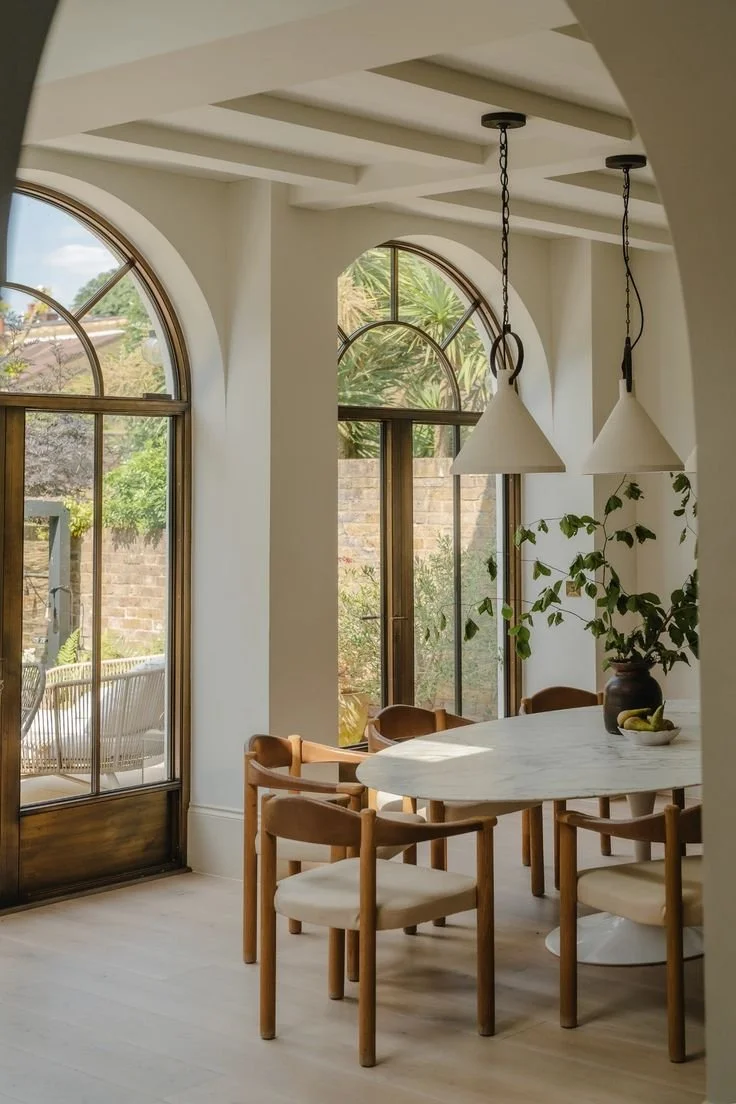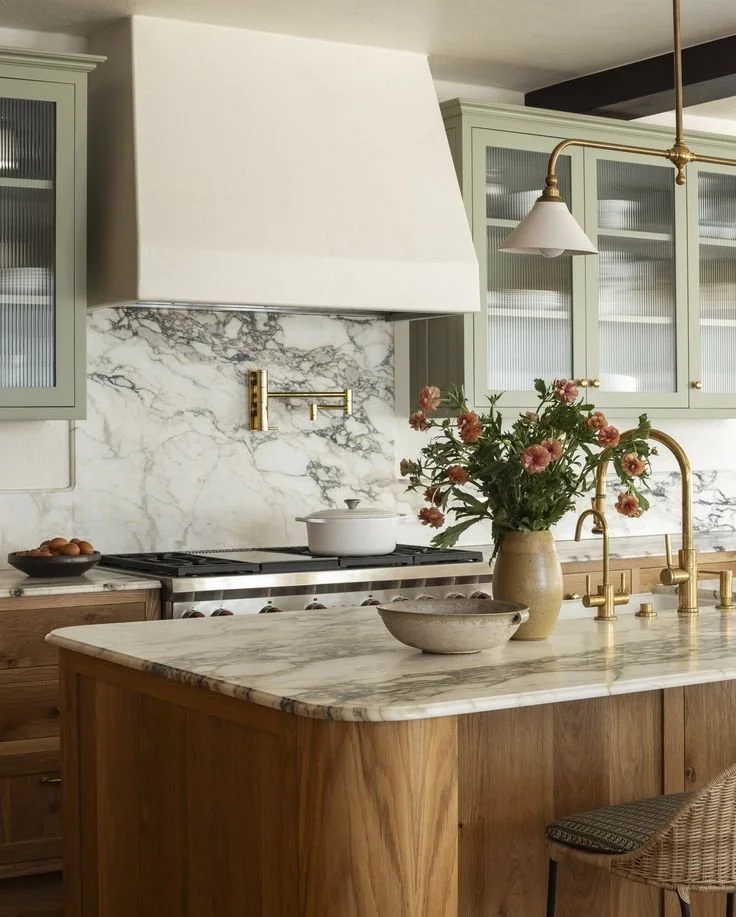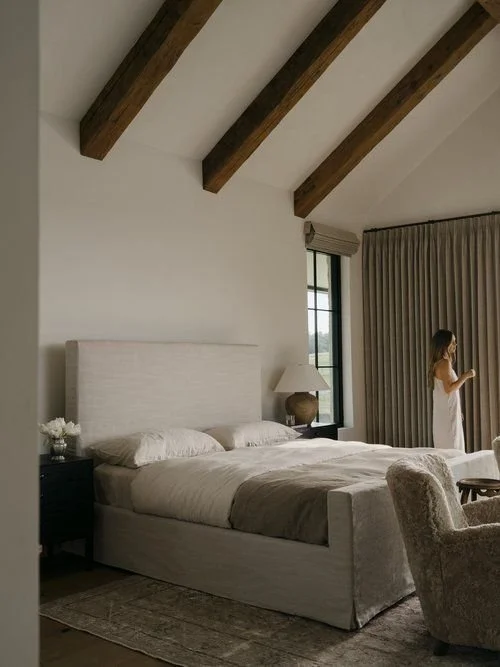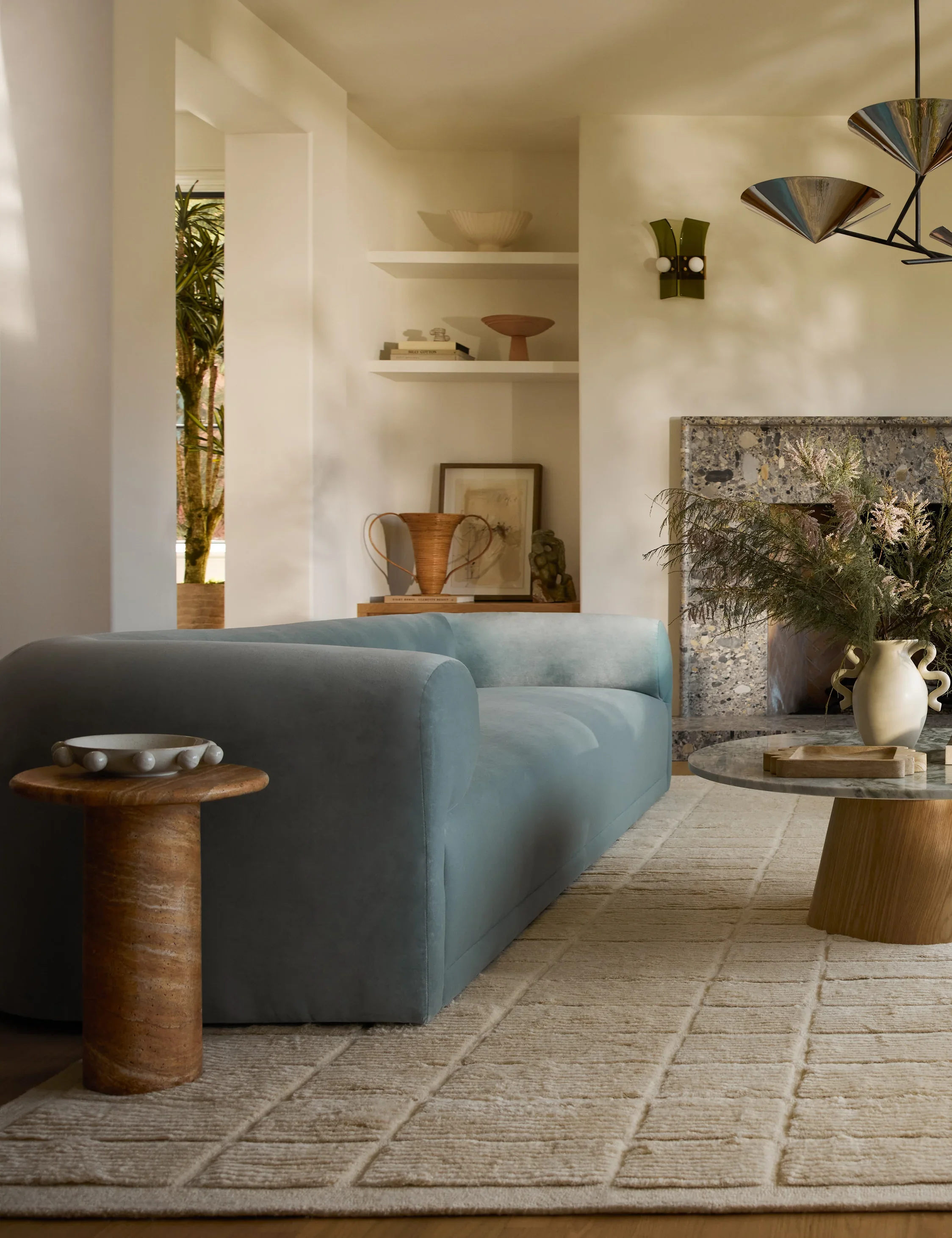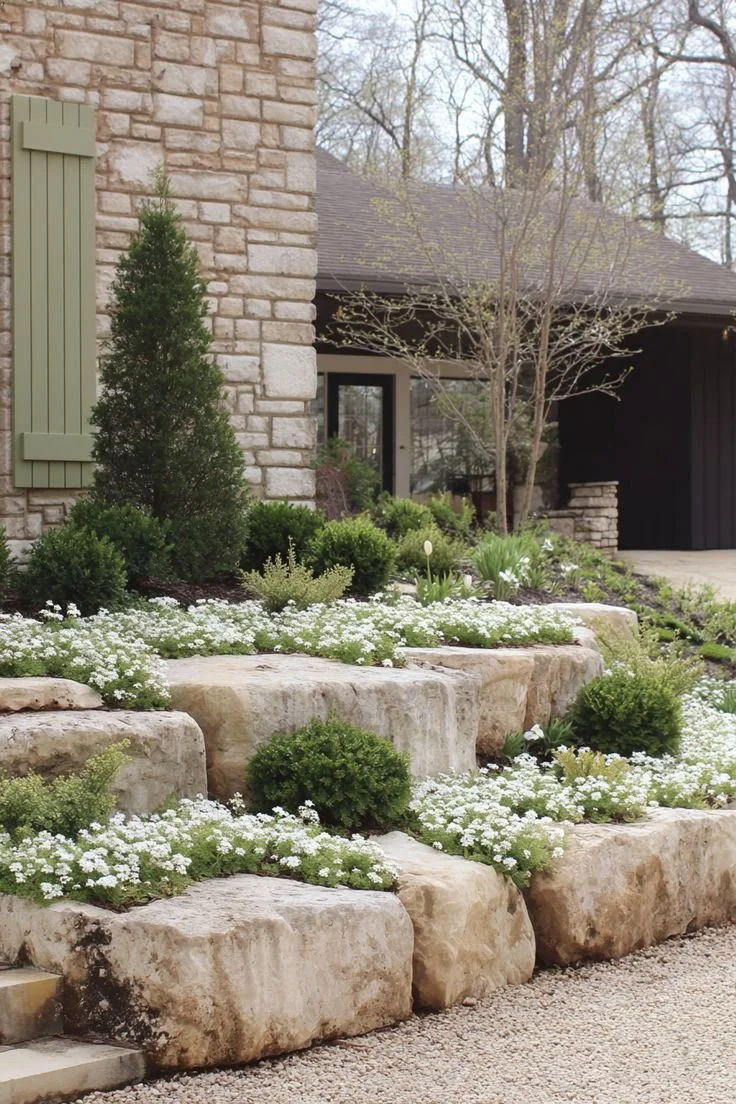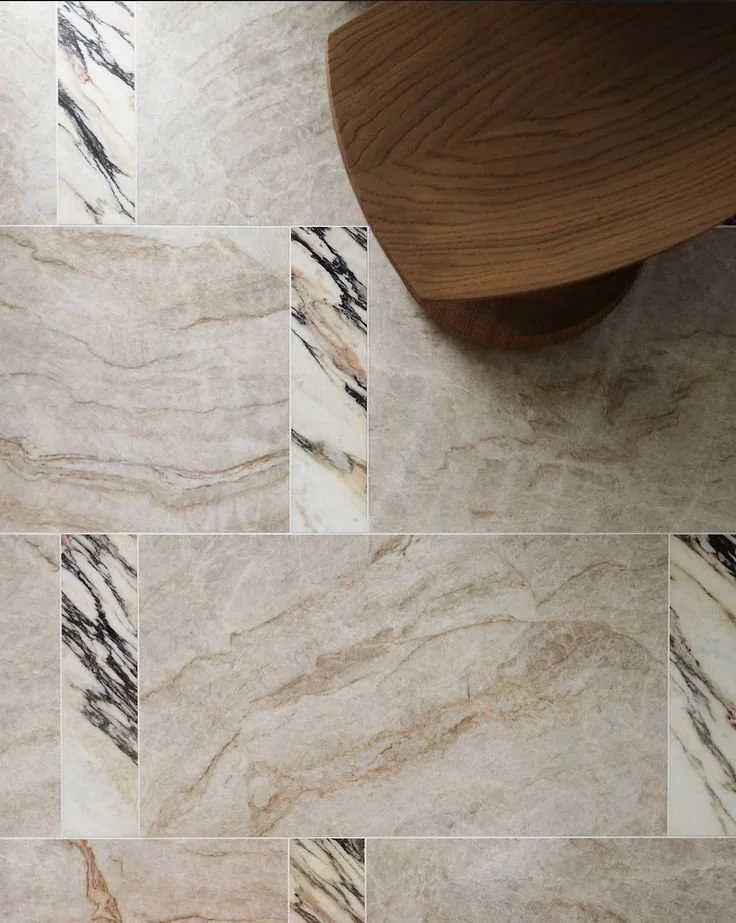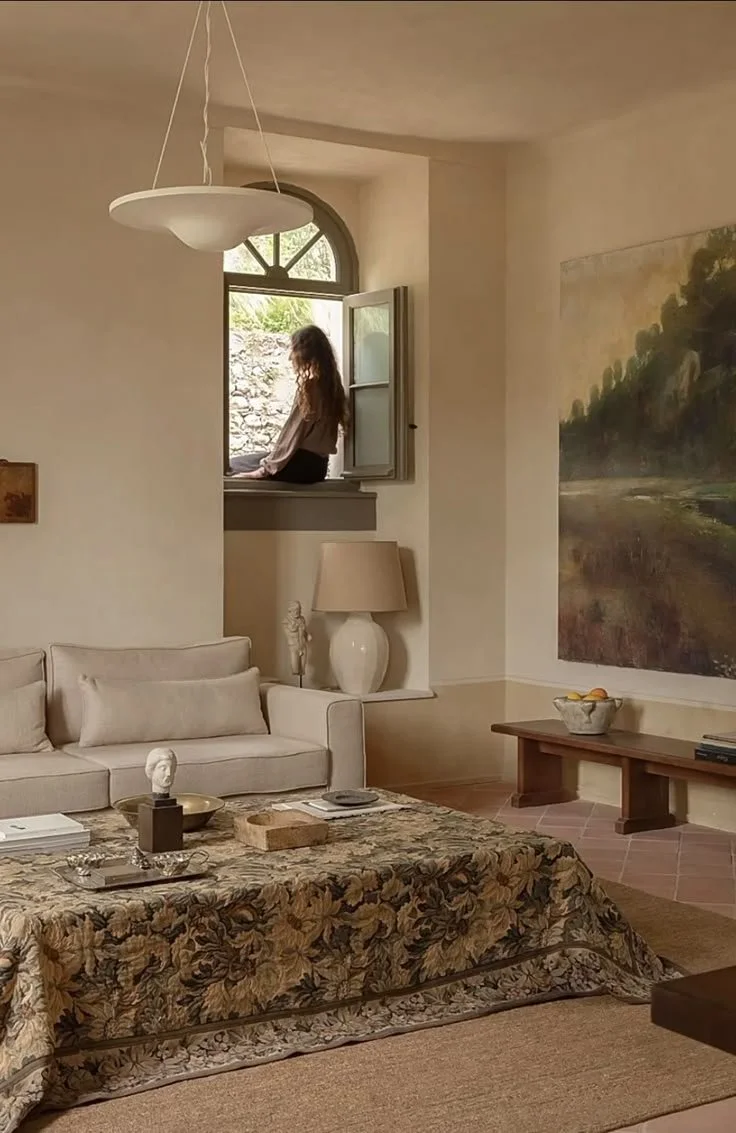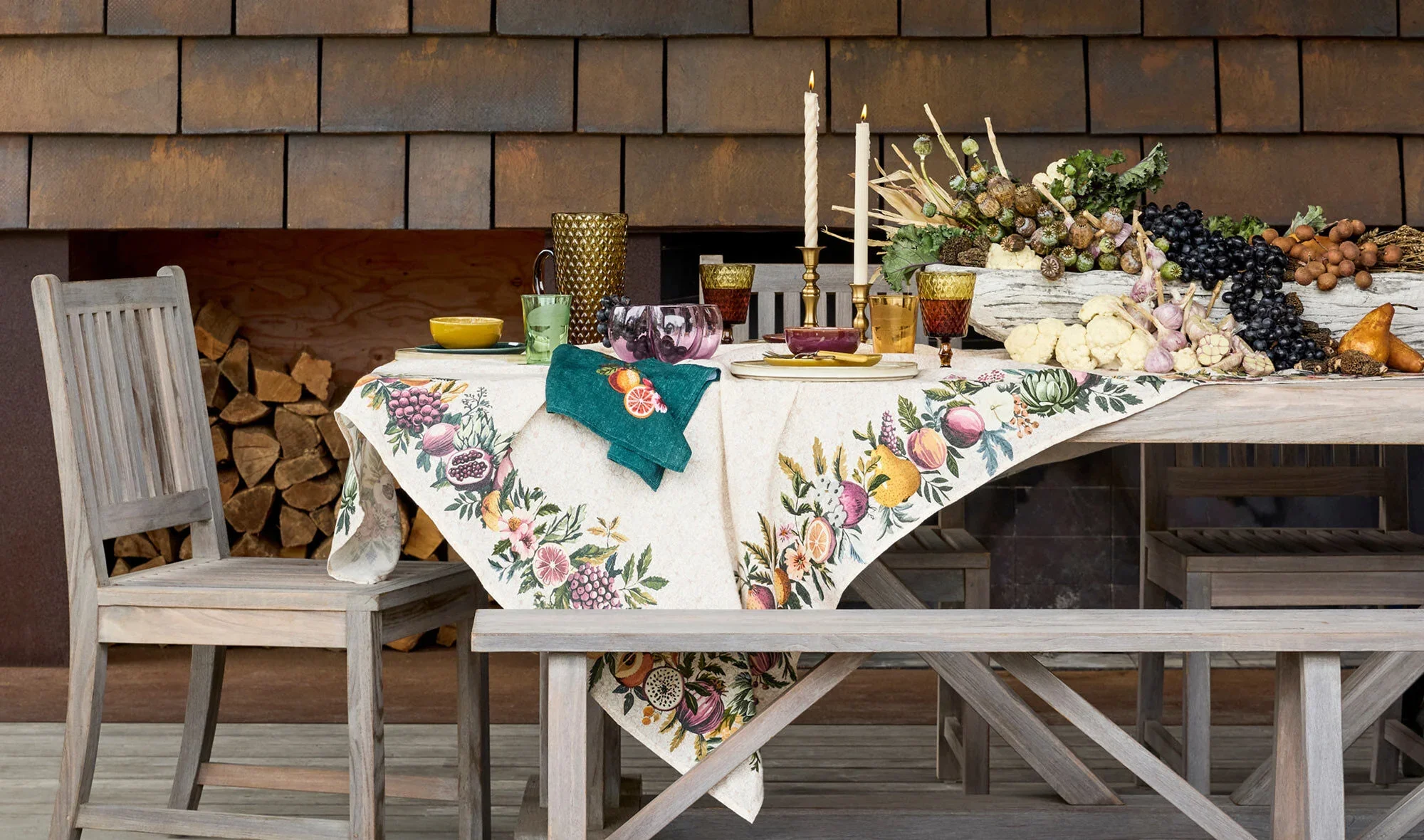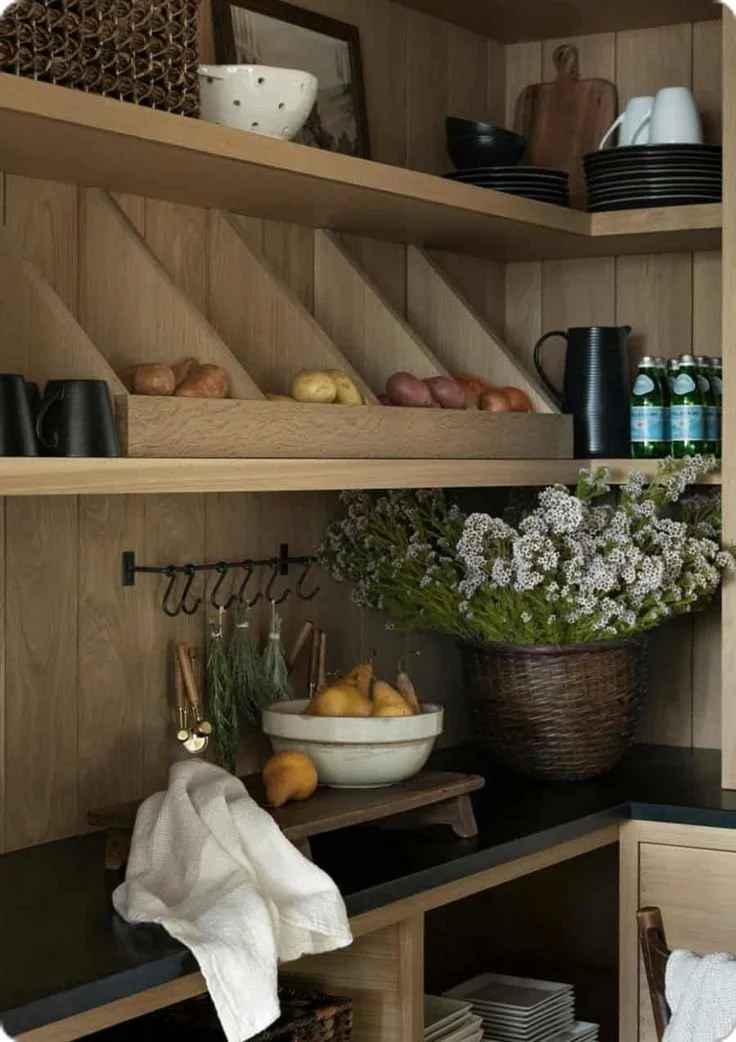The Sacred Art Of Creating Your Year-Round Home Sanctuary
Have you ever walked into a space and immediately felt your shoulders drop, your breath deepen, and your entire being exhale with relief? That sensation isn't accidental. It's the result of harmonious environmental elements working together to support your well-being. When considering upgrades like residential new furnace installation or exploring energy-efficient heating system installation options, you're not just making a mechanical decision. You're choosing to honor the sacred space where you live, breathe, and evolve into your highest self.
The journey toward conscious living extends far beyond mindfulness practices and healthy eating habits. It encompasses every element of our environment, including the invisible systems that regulate our home's atmosphere. Just as we wouldn't compromise on the quality of food we nourish our bodies with, we shouldn't settle for anything less than optimal when it comes to the air we breathe and the comfort that surrounds us daily. Understanding home comfort transformation stories from others who have prioritized their living environments can illuminate the profound impact these choices have on daily wellness. Similarly, Better Homes & Gardens energy efficiency insights provide practical wisdom for creating spaces that support both personal and planetary health.
The relationship between our physical environment and our mental, emotional, and spiritual well-being forms an intricate dance. When our homes maintain consistent, comfortable temperatures throughout changing seasons, we create a stable foundation that allows us to focus on what truly matters: personal growth, meaningful connections, and the pursuit of our authentic purpose.
In this guide, we’ll explore how modern climate control systems, mindful maintenance, and sustainable technologies can transform your home into a sanctuary that nurtures every aspect of your being—physical, emotional, mental, and spiritual.
No. 1
Understanding the Energetic Flow of Home Climate
Think of your home's heating and cooling systems as the breath of your living space. Just as pranayama breathing techniques regulate our internal energy, properly functioning climate control maintains the vital flow throughout your sanctuary. When this flow becomes disrupted or imbalanced, the effects ripple through every aspect of daily life.
Temperature regulation directly influences sleep quality, which serves as the foundation for cognitive function, emotional stability, and physical restoration. Research consistently demonstrates that optimal sleeping environments maintain temperatures between 60 and 67 degrees Fahrenheit, allowing our bodies to enter deeper, more restorative sleep cycles. When our homes cannot maintain these ideal conditions, we compromise one of the most fundamental aspects of holistic wellness.
Beyond sleep, ambient temperature affects our ability to maintain focus during meditation, enjoy movement practices like yoga, and create spaces conducive to creative expression. A home that's too warm promotes sluggishness and mental fog, while excessive cold creates tension and distraction. The sweet spot of perfect climate control allows us to exist in flow states more readily, accessing deeper levels of consciousness and productivity.
No. 2
The Holistic Benefits of Modern Climate Solutions
Contemporary heating and cooling technology has evolved far beyond simple temperature adjustment. Today's systems integrate seamlessly with conscious living principles, offering benefits that extend into multiple dimensions of well-being.
Air quality management has emerged as a critical component of home wellness systems. Advanced filtration removes not only visible particles like dust and pollen but also microscopic pollutants, volatile organic compounds, and even certain bacteria and viruses. For individuals with respiratory sensitivities, allergies, or compromised immune systems, these enhanced filtration capabilities can dramatically improve daily comfort and long-term health outcomes.
Humidity regulation represents another often-overlooked aspect of home climate that profoundly impacts wellness. Excessive humidity creates environments where mold and mildew thrive, triggering respiratory issues and creating musty, uncomfortable spaces. Insufficient humidity, particularly during winter months, leads to dry skin, irritated sinuses, and increased susceptibility to respiratory infections. Modern climate control systems maintain optimal humidity levels automatically, creating the balanced environments our bodies naturally thrive within.
Energy efficiency considerations align perfectly with the values of conscious consumption and environmental stewardship. When we invest in high-efficiency systems, we simultaneously reduce our carbon footprint while lowering operational costs. This dual benefit allows us to allocate resources toward other wellness priorities while honoring our commitment to planetary health.
No. 3
Seasonal Transitions and Home Harmony
The Canadian climate presents unique challenges that require thoughtful approaches to year-round comfort. The dramatic temperature swings between summer heat and winter cold demand systems capable of maintaining consistent internal environments regardless of external conditions.
Spring and fall shoulder seasons often prove most challenging, as daily temperature fluctuations require frequent adjustments between heating and cooling modes. Smart climate control systems address this challenge through adaptive learning algorithms that anticipate needs based on weather patterns, time of day, and household routines. This intelligent automation removes the constant manual adjustment burden while optimizing energy consumption.
Winter months in Canadian climates test heating systems most severely. Sustained periods of sub-zero temperatures require reliable, efficient heating that can maintain comfortable indoor environments without creating excessive dryness or energy consumption spikes. Modern heating solutions address these demands through variable-speed operation that adjusts output to match real-time needs rather than cycling constantly between full power and complete shutdown.
Summer cooling needs, while perhaps less extreme than winter heating demands in many Canadian regions, still require capable systems that can manage humidity alongside temperature control. The combination of warm temperatures and high humidity creates uncomfortable, sticky environments that interfere with sleep, productivity, and overall comfort. Efficient cooling systems remove excess moisture while lowering temperatures, creating the crisp, refreshing indoor environments we associate with optimal comfort.
Hilu
Ensure you and your loved ones enjoy a deeper, more restful sleep with the only blanket that actively adapts to keep your temperature perfect
No. 4
Creating Zone-Based Comfort for Individual Needs
One of the most transformative advances in home climate technology involves zone-based control systems that allow different areas to maintain distinct temperature settings simultaneously. This capability proves particularly valuable in households where different family members have varying comfort preferences or where certain spaces serve specialized functions.
Bedrooms can maintain cooler temperatures ideal for restorative sleep while living areas remain at comfortable levels for waking activities. Home offices can be kept cooler to promote alertness and focus, while yoga or meditation spaces maintain slightly warmer temperatures that support flexibility and relaxation. This customization allows each space to fulfill its intended purpose optimally.
Zone-based systems also deliver significant energy savings by reducing heating or cooling in unused spaces. Guest rooms, storage areas, and other occasionally-used spaces don't need to maintain the same comfort levels as primary living areas. By directing climate control resources where they're actually needed, these systems reduce waste while enhancing comfort in high-use zones.
No. 5
The Investment in Long-Term Wellness
When we reframe climate control upgrades as wellness investments rather than mere equipment purchases, the value proposition shifts dramatically. Yes, modern systems require upfront investment, but the returns manifest across multiple dimensions of life quality.
Improved sleep quality alone justifies climate control investment for many individuals. Better sleep supports immune function, cognitive performance, emotional regulation, and physical recovery. The compounding benefits of consistent, restorative sleep over months and years cannot be overstated.
Enhanced air quality reduces allergy symptoms, respiratory irritation, and sick days. Families with young children or elderly members particularly benefit from the improved air quality that modern filtration provides. The reduction in airborne irritants and pathogens creates healthier environments that support rather than challenge our immune systems.
Energy efficiency delivers ongoing cost savings that accumulate substantially over system lifespans. The difference between aging, inefficient systems, and modern high-efficiency equipment can amount to hundreds or even thousands of dollars annually. These savings can be redirected toward other wellness priorities: organic food, fitness memberships, educational opportunities, or experiences that enrich our lives.
No. 6
Mindful Selection and Installation Practices
Approaching climate control decisions with the same mindfulness we bring to other life choices ensures optimal outcomes. Rather than defaulting to the cheapest option or the most aggressive sales pitch, conscious selection involves researching options, understanding personal needs, and choosing solutions that align with both practical requirements and deeper values.
Professional assessment provides crucial insights into appropriate system sizing, optimal equipment selection, and installation considerations specific to your home's unique characteristics. Undersized systems run constantly without achieving comfortable conditions, while oversized equipment cycles inefficiently and fails to properly manage humidity. Proper sizing calculations account for square footage, insulation quality, window characteristics, sun exposure, and local climate patterns.
Installation quality matters as much as equipment selection. Even premium systems underperform when installed incorrectly. Seeking qualified contractors with strong reputations, proper licensing, and solid warranties protects your investment and ensures the system performs as designed. Don't hesitate to ask for references, verify credentials, and compare multiple proposals before making final decisions.
No. 7
Maintenance as Ritual Practice
Just as we maintain our bodies through movement, nutrition, and rest, our home climate systems require regular care to perform optimally. Establishing maintenance routines transforms necessary tasks into mindful practices that support our living environments.
Filter changes represent the most basic yet crucial maintenance task. Clean filters allow proper airflow while capturing particles that would otherwise circulate through living spaces. Setting regular replacement schedules based on manufacturer recommendations and your home's specific conditions ensures consistent performance. Some households benefit from monthly changes, while others can extend to quarterly intervals depending on factors like pet presence, outdoor air quality, and system usage levels.
Annual system inspections by qualified technicians catch minor issues before they escalate into major problems. These tune-ups typically include cleaning, calibration, refrigerant level checks, and performance testing that optimize efficiency while identifying components that may need attention soon. The modest cost of preventive maintenance pales in comparison to emergency repair expenses or premature system replacement.
Outdoor unit care involves keeping the surrounding areas clear of debris, vegetation, and obstructions that impede airflow. Regularly checking that nothing blocks intake or exhaust ensures proper operation while preventing damage to components. In Canadian climates, protecting outdoor units from severe winter weather through proper covers or seasonal shutdown procedures extends equipment lifespan.
No. 8
Technology Integration for Enhanced Living
Smart home technology has revolutionized climate control, offering unprecedented convenience, efficiency, and customization. Modern thermostats learn household patterns, adjust automatically for optimal comfort, and provide remote access through smartphone applications.
This connectivity allows adjustment from anywhere, ensuring you return to perfectly comfortable environments without wasting energy heating or cooling empty spaces all day. Geofencing capabilities detect when household members leave or return, automatically adjusting settings to match actual occupancy. Over time, these systems optimize performance based on your unique patterns, delivering increasingly refined comfort with minimal manual intervention.
Integration with broader smart home ecosystems creates powerful synergies. Climate systems can coordinate with window treatments, automatically lowering blinds during peak sun hours to reduce cooling loads. They can communicate with air quality monitors, increasing ventilation when indoor air quality drops below optimal levels. Voice control through virtual assistants adds convenience, allowing temperature adjustments without interrupting meditation, yoga practice, or other focused activities.
No. 9
Embracing Sustainable Climate Solutions
Conscious living inherently involves considering the environmental impacts of our choices. Modern climate control technology offers numerous opportunities to reduce carbon footprints while maintaining or even enhancing comfort levels.
Heat pump technology has advanced dramatically, now offering efficient heating even in cold Canadian climates where earlier models struggled. These systems move heat rather than generating it through combustion, resulting in substantially lower energy consumption and emissions. Cold-climate heat pumps specifically designed for northern regions can operate efficiently even when outdoor temperatures drop well below freezing.
Geothermal systems tap into the earth's consistent underground temperatures, providing highly efficient heating and cooling with minimal environmental impact. While installation costs exceed conventional systems, operational savings and environmental benefits make geothermal increasingly attractive for homeowners committed to sustainable living.
Solar integration represents another frontier, with photovoltaic panels generating electricity to power climate control systems. Battery storage solutions allow captured solar energy to provide climate control even during evening hours or cloudy periods. As technology improves and costs decline, solar-powered climate control becomes increasingly accessible.
Creating comfortable, healthy home environments year-round represents a fundamental aspect of conscious living. When we honor our need for physical comfort while aligning choices with values of efficiency, sustainability, and wellness, we craft spaces that truly support our highest potential. The investment in quality climate control systems pays dividends in improved sleep, enhanced health, reduced environmental impact, and the simple daily pleasure of existing in perfectly comfortable spaces. Your home becomes more than a shelter; it transforms into a sanctuary that nurtures your journey toward wholeness and awakening.
Takeaways
Creating a year-round sanctuary is not just about temperature control—it’s about cultivating an environment that supports your highest self. From residential new furnace installation to energy-efficient heating system installation, every decision you make about your home’s climate is an opportunity to align with your values, enhance your well-being, and deepen your connection to the world around you.
When you invest in modern, efficient systems, you’re not just upgrading equipment—you’re elevating your life. You’re choosing restful sleep, vibrant health, and a peaceful home that reflects your commitment to conscious living. You’re reducing your environmental footprint while increasing your personal comfort. Most importantly, you’re creating a space that holds you, heals you, and inspires you—season after season.
Your home is more than a structure. It is your sanctuary. Treat it as sacred. Let it breathe with you, grow with you, and support your journey toward wholeness, balance, and awakening.
Looking for Home resources?
Looking to enhance your living space and create a sanctuary that supports your well-being? Explore our home partners who offer a wide range of resources to elevate your home environment.



